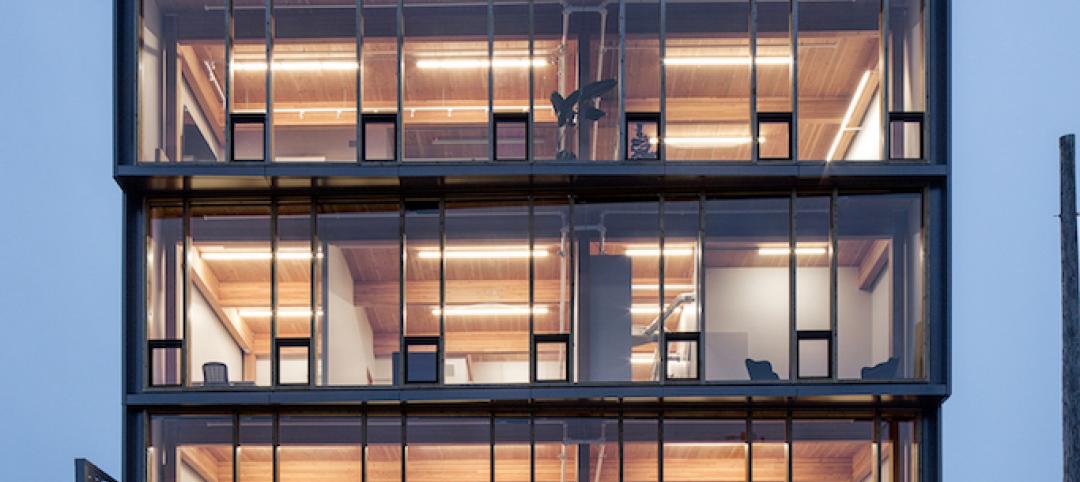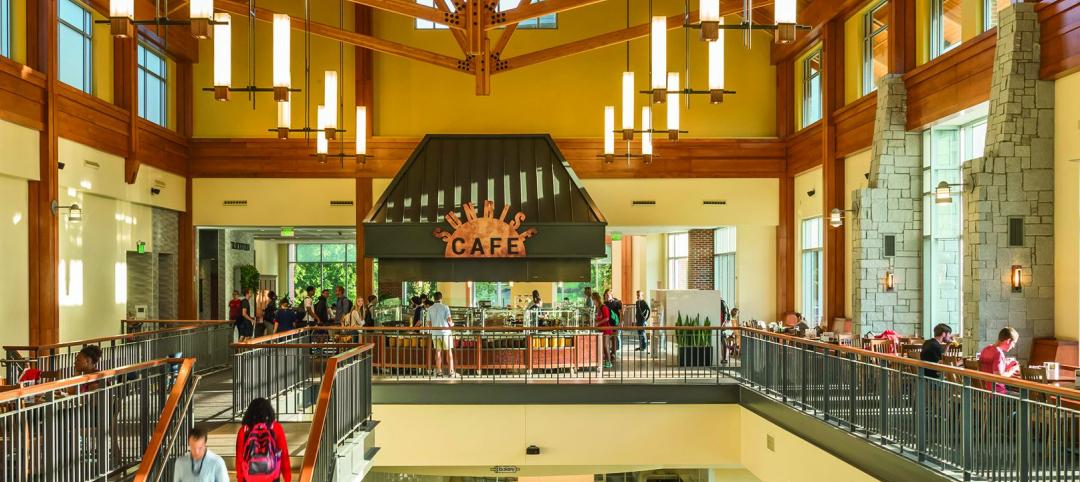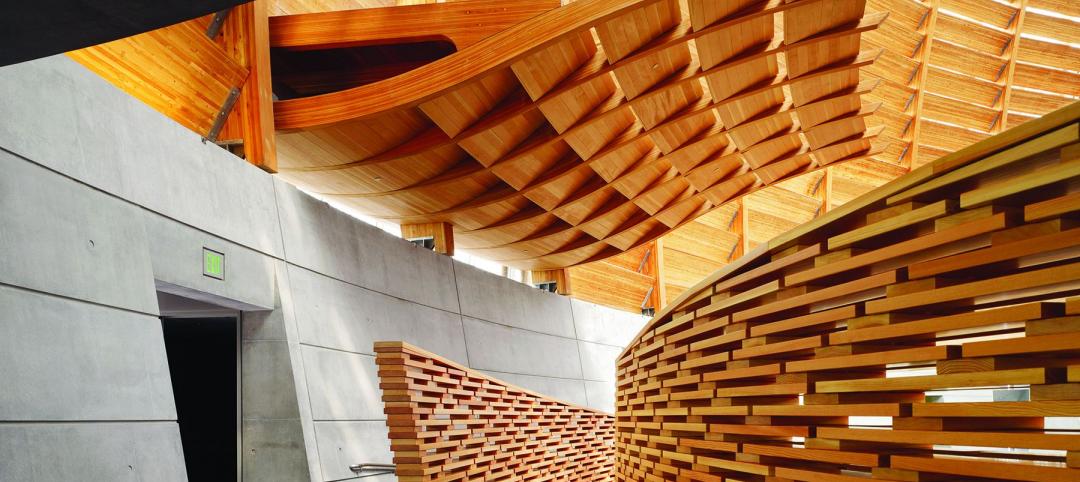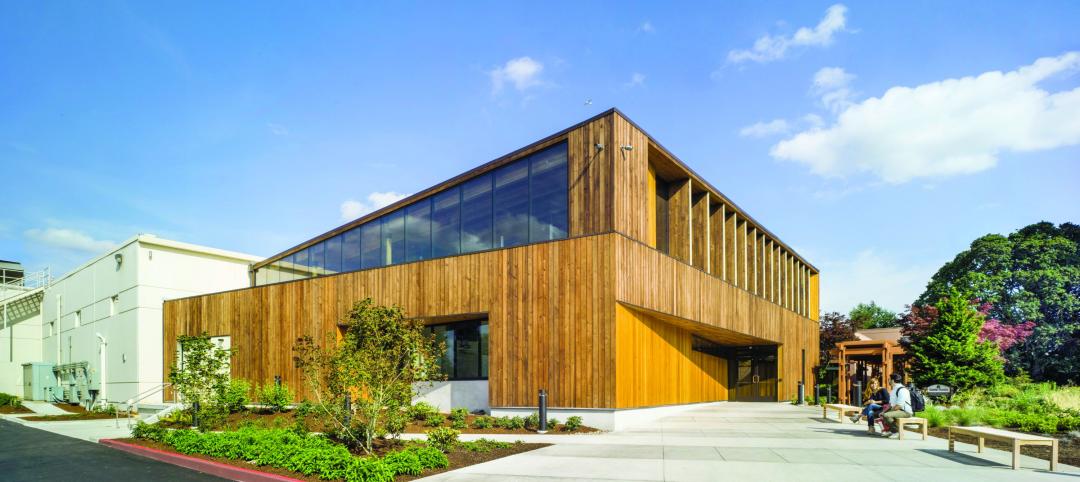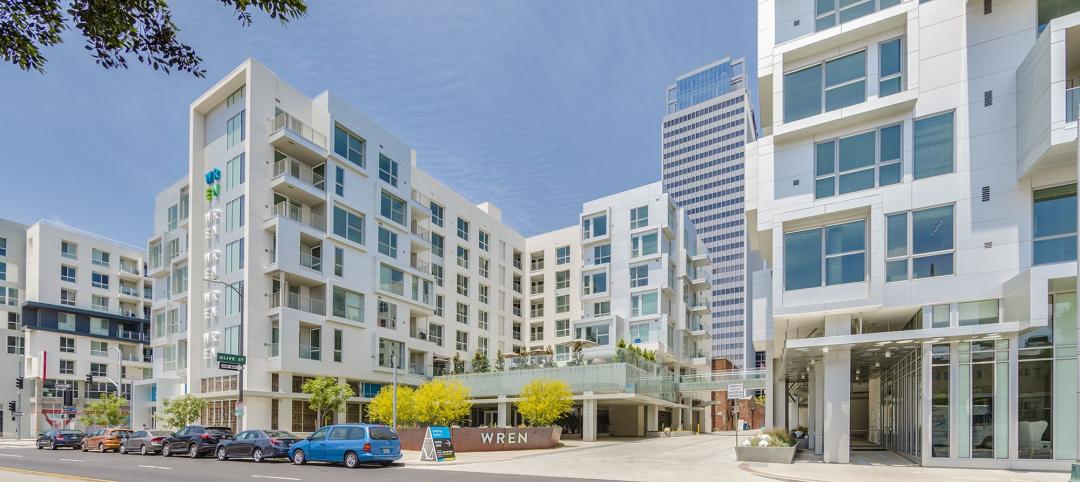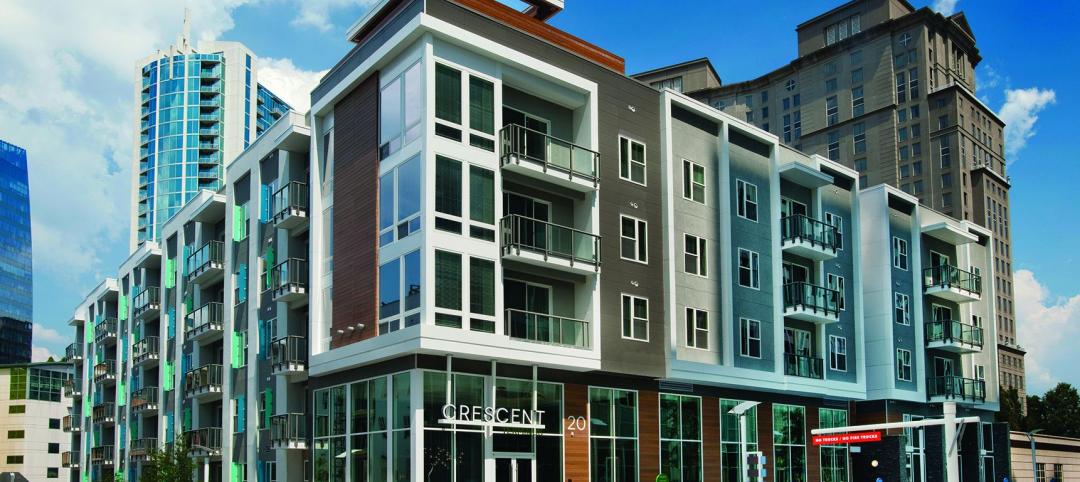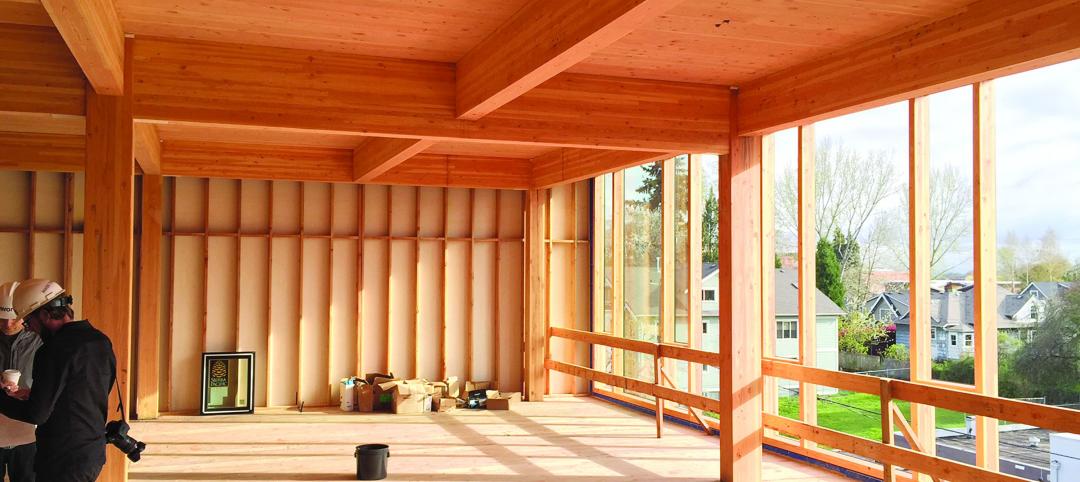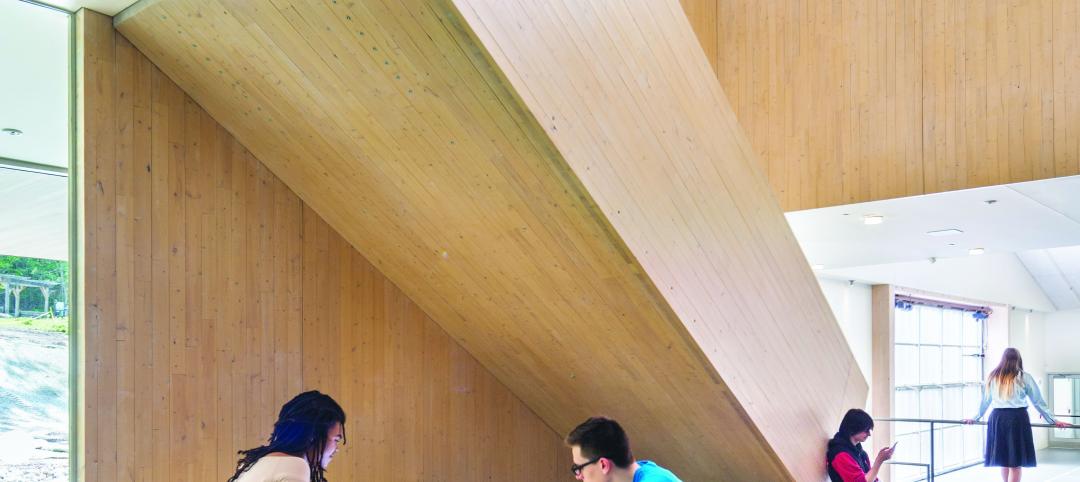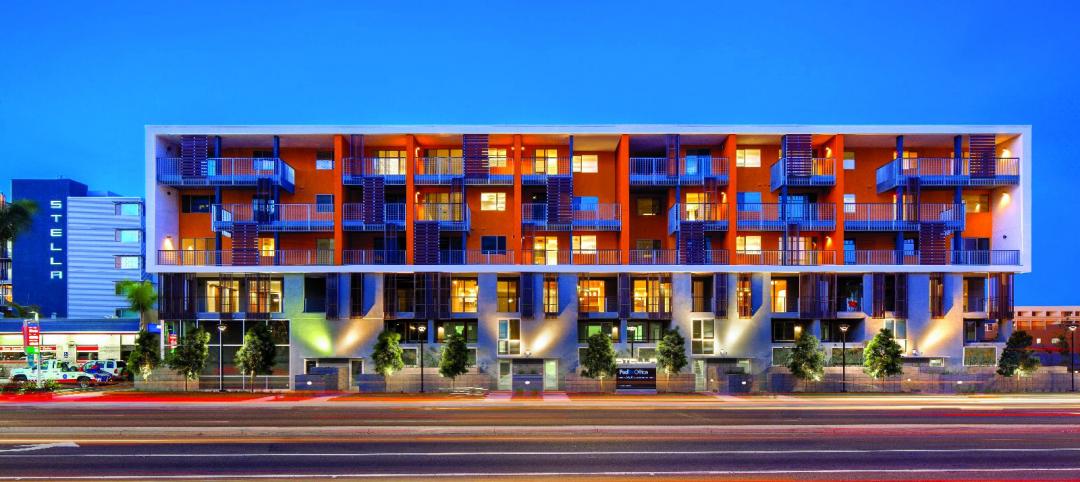Designing for Fire Protection
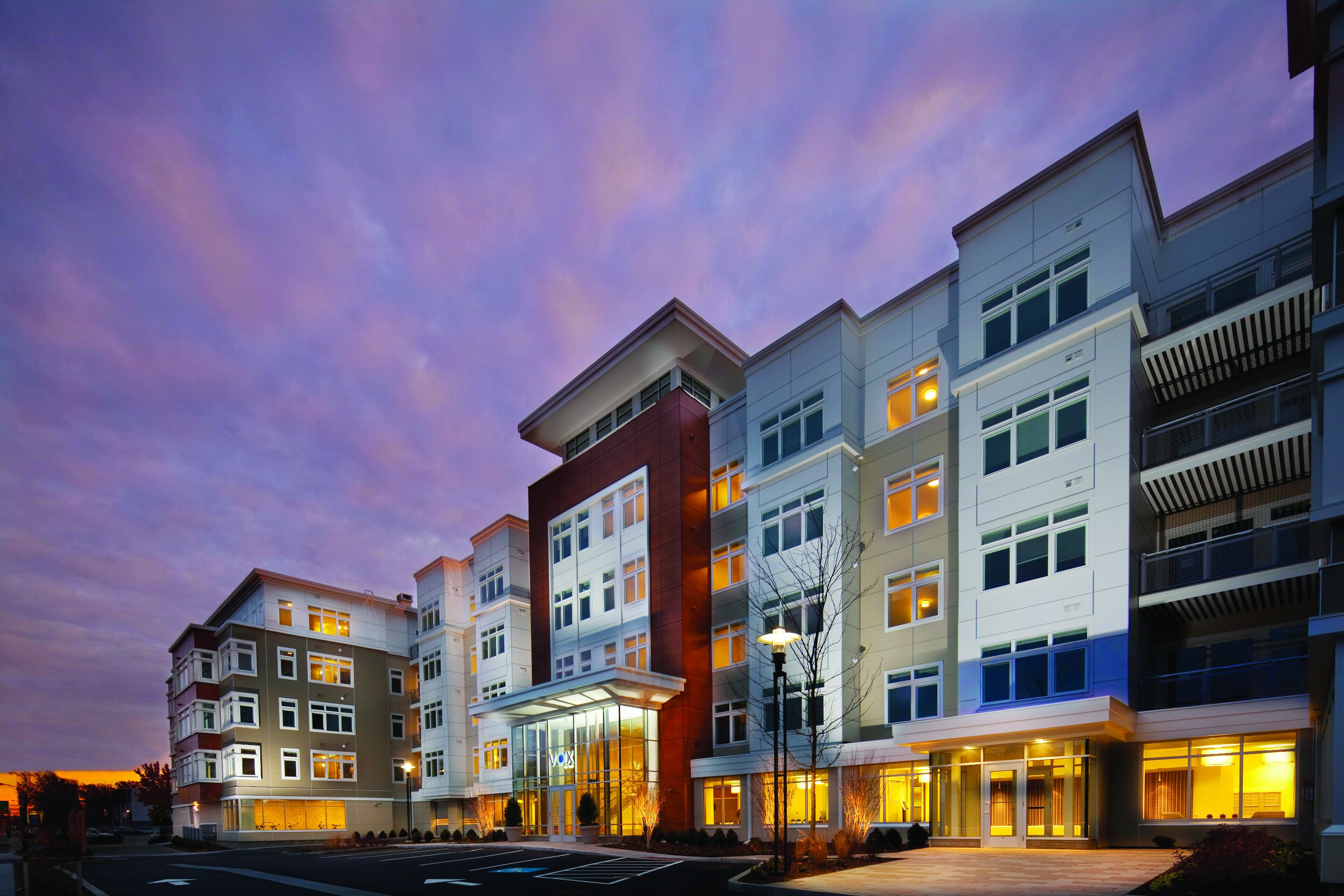
Wood construction offers economic, performance and environmental advantages not typically found with other structural materials. Wood is cost effective, versatile and adaptable. It’s renewable and has a light carbon footprint. It also has a proven record for safety, evidenced by its use not only in 90 percent of all U.S. home construction but in some of today’s most innovative non-residential architecture.
In terms of fire protection, building codes require all buildings to perform to the same level of safety regardless of materials. Wood buildings can be designed to meet rigorous standards for performance, which is why the International Building Code (IBC) allows the use of wood in a wide range of building types—including structures that are taller and have more area than some designers realize.
This CEU provides an overview of fire protection in wood buildings with a focus on compliance with the 2015 IBC, and is based on the Code Conforming Wood Design Series developed by the American Wood Council (AWC) and the International Code Council.
Building fire safety incorporates a combination of passive and active features. A passive fire safety feature may limit the height and area of the building, prescribe the use of fire-rated building elements or provide for adequate means of egress. Active fire safety features are those such as automatic fire detection or suppression systems that provide occupant notification, alarm transmittance and the ability to suppress fire growth until the fire service arrives. Codes are relying increasingly on active systems, since, with proper maintenance and alarm supervision, they have a high degree of reliability. This CEU covers the fundamentals of passive and active fire protection. It includes a summary of allowable wood use in buildings in accordance with the 2015 IBC, emphasizing the design flexibilities permitted for wood in non-residential and multifamily construction.
Learning Objectives:
- Analyze fire protection in wood buildings in terms of compliance with the 2009 International Building Code (IBC).
- Discuss the fundamentals of passive and active fire protection.
- Determine allowable wood use in buildings in accordance with the 2009 IBC.
- Describe provisions in the IBC for increasing the height and area of wood buildings beyond the base tabular amounts.
- Identify and select tested fire-rated wood-frame assemblies or, to use non-listed assemblies, calculate the fire endurance of load bearing and non-load bearing wood assemblies using the Component Additive Method (CAM).
More Campus Related Content
Building Materials and Equipment
Wood and Evolving Codes: The 2018 IBC and Emerging Wood Technologies
Increasingly, designers, builders, and building owners are turning to one of our oldest building materials: wood. Valued for its versatility, low…
 course credit: 1.5 AIA LU/HSW
course credit: 1.5 AIA LU/HSW
Provided By: Think Wood
Building Materials and Equipment
Wood and Indoor Environment
The objectives of sustainable design are broader than just environmental effects, having come to embrace issues of human health and performance. Many…
 course credit: 1.0 AIA LU/HSW
course credit: 1.0 AIA LU/HSW
Provided By: Think Wood
Building Materials and Equipment
Thinking Wood as a Material of Choice
Designers today are finding new possibilities in one of the oldest building materials on earth. Wood has always been valued for its beauty, abundance…
 course credit: 1.0 AIA LU/HSW
course credit: 1.0 AIA LU/HSW
Provided By: Think Wood
Building Materials and Equipment
Opportunities for Wood in Low-Rise Commercial Buildings
When designing restaurants, stores, and low-rise offices, certain features come to mind as typical. These buildings tend to have large openings that…
 course credit: 1.0 AIA LU/HSW
course credit: 1.0 AIA LU/HSW
Provided By: Think Wood
Building Materials and Equipment
Multifamily, Mid-Rise Buildings Using Wood Construction
Multifamily housing is an active part of design and construction activity across the U.S. Steel, concrete and masonry typically come to mind as…
 course credit: 1.0 AIA LU/HSW
course credit: 1.0 AIA LU/HSW
Provided By: Think Wood
Building Materials and Equipment
Mid-Rise Wood Construction
Cost-effective, code-compliant and sustainable, mid-rise wood construction is gaining the attention of design professionals nationwide, who see it as…
 course credit: 1.0 AIA LU/HSW
course credit: 1.0 AIA LU/HSW
Provided By: Think Wood
Building Materials and Equipment
Mass Timber in North America
This course is intended for architects and engineers seeking current information on mass timber, including products, research related to structural…
 course credit: 1.5 AIA LU/HSW
course credit: 1.5 AIA LU/HSW
Provided By: Think Wood
Building Materials and Equipment
The Impact of Wood Use on North American Forests
As green building has evolved beyond its initial emphasis on energy efficiency, greater attention has been given to the choice of structural…
 course credit: 1.0 AIA LU/HSW
course credit: 1.0 AIA LU/HSW
Provided By: Think Wood
Building Materials and Equipment
Designing Modern Wood Schools
This course takes a practical look at the design of wood schools, emphasizing opportunities with traditional wood-frame construction and, in…
 course credit: 1.5 AIA LU/HSW
course credit: 1.5 AIA LU/HSW
Provided By: Think Wood
Building Materials and Equipment
Designing for Earthquakes
This continuing education course provides an overview of seismic-resistive design issues in wood-frame buildings with a focus on compliance with the…


